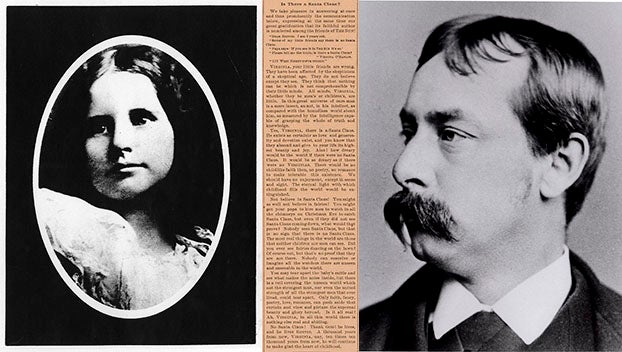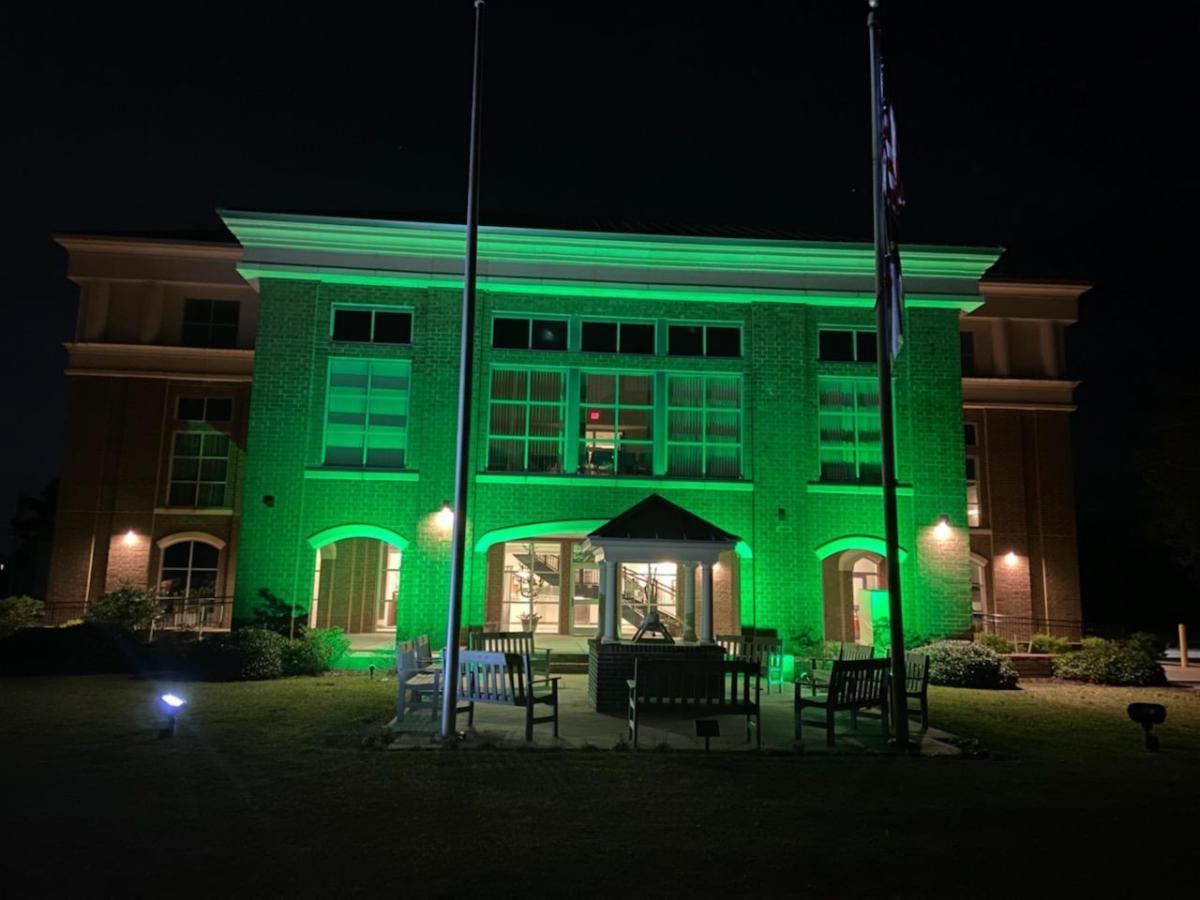Taking care of local athletes
Published 5:31 pm Wednesday, August 9, 2017

- HARD HITITNG: Physicality has returned to football as a handful of Washington players collide during the Pam Pack’s midnight workout this past Friday. Beaufort County’s athletic trainers have done well to keep them, as well as other athletes, safe. (Michael Prunka/Daily News)
A Boston University study recently examined the brains of 202 deceased football players. It found that 110 of 111 brains showed signs of chronic traumatic encephalopathy. The study, published in the Journal of the American Medical Association, found that high-school athletes had more mild cases, while the CTE effects were more severe in former professional players.
The study has been a topic of discussion throughout the nation as high schools hit the gridiron next week. College and NFL football is to follow shortly thereafter.
However, an Associated Press story on yesterday’s sports page examined athletes throughout all high-school sports. The study conducted by the Korey Stringer Institute found that many states aren’t “fully implementing key safety guidelines to protect athletes.”
Among the more notable shortcomings was being proactive about heat stroke, but it also discussed traumatic head injuries.
The study, however, did find that North Carolina exhibited “the most comprehensive health and safety policies.” Among those that ranked worst were Colorado and California.
Beaufort County and North Carolina as a whole have been exceptional about taking care of high-school athletes. Doing away with two-a-day practices for football has helped narrow the instances of heat exhaustion and heat stroke. Local coaches have been mindful to hold their preseason football practices either in the morning or evening.
Moreover, Beaufort County also has a fine athletic training and EMT staff. They stay ahead of the curve by making sure athletes pass concussion tests, among other exams, prior to the season. Schools also get athletic-training students from East Carolina University to help work games.
They’re all quick to react when something goes awry. Last season, Northside lineman Jacob Boyd got laid out with a block during a game at Riverside. It was a scary situation, and onsite first responders immediately took him to the hospital. He ended up being fine, but it was a situation where it’s better to be safe than sorry.
Be sure to thank these professionals that work hard to keep local athletes safe.




